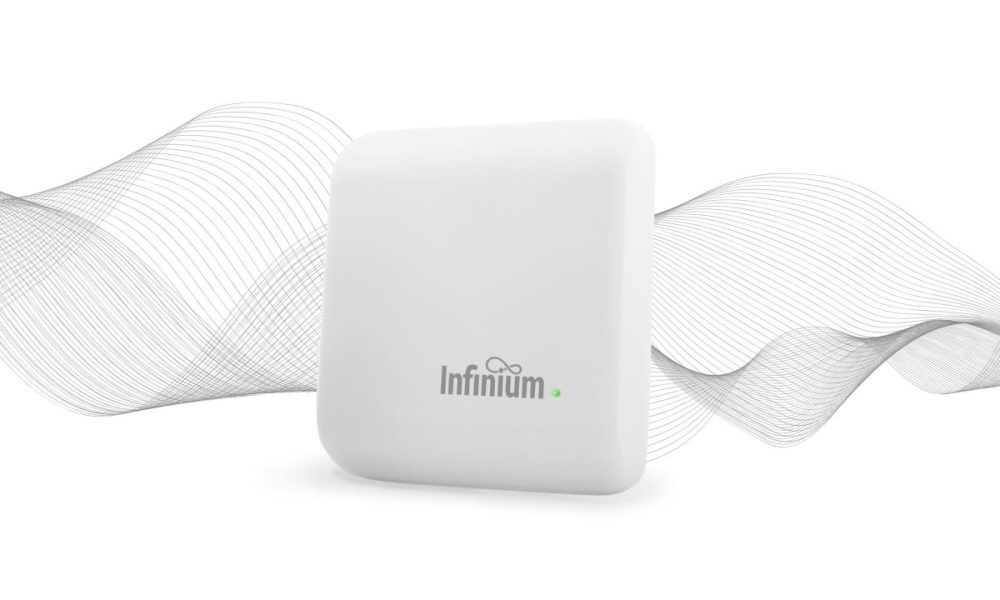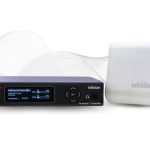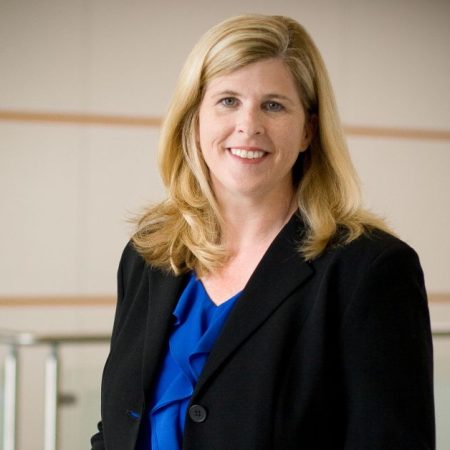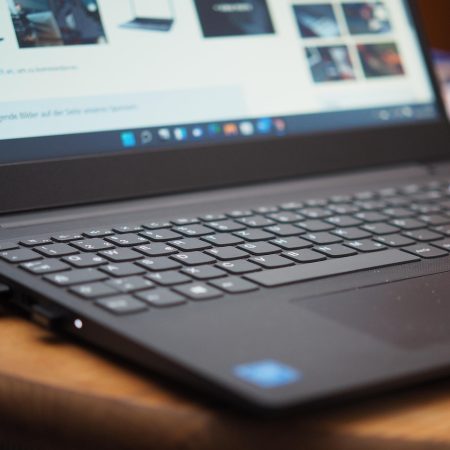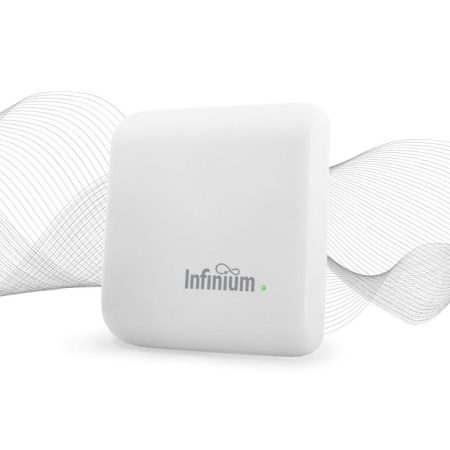Williams AV to expand Infinium Auracast range as global demand surges
For nearly 50 years, Williams AV has been helping people hear in public settings – and now it is adding Auracast to its mix.
This summer, the US-based company launched its Infinium Auracast system, and demand has exceeded expectations. Work is now ongoing to expand the range, ensuring a perfect fit for every venue.
Williams AV’s mission has remained consistent throughout: connecting people through inclusive audio.
Nancy Crowe, the company’s Director of Marketing, says: “Our technologies benefit all people.
“Our mission is connecting individuals through inclusive audio, empowering connection so anyone in the room can hear, whether for assistive listening, language interpretation, or overcoming environmental noise.
“With Auracast, venues often begin by exploring the technology for assistive listening – and that’s certainly where much of the early market interest lies. But the opportunity extends far beyond accessibility.”
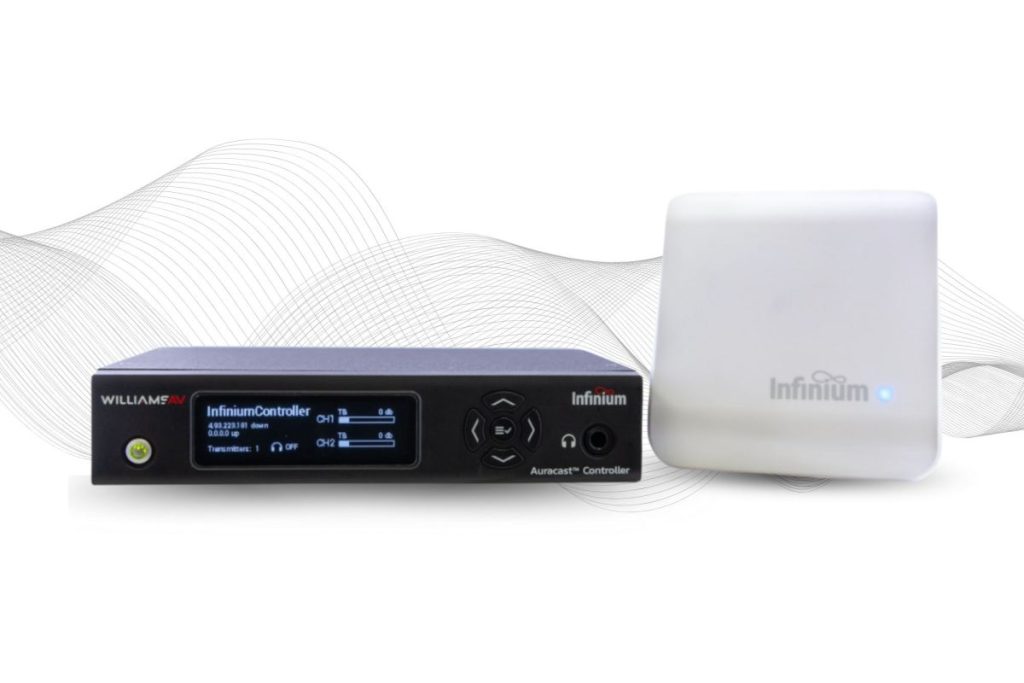
Auracast is for all: people don’t have to be hard of hearing to appreciate clear, intelligible audio that the new Bluetooth LE Audio technology delivers.
“Auracast enables anyone, regardless of hearing ability, to hear more clearly in any environment – from performance venues, classrooms and lecture halls, to stadiums and busy transportation hubs,” she continues.
“If you’re wearing hearing aids or other Auracast-compatible devices, you don’t need any extra equipment to connect. You simply join an Auracast audio stream and experience the same high-quality sound as everyone else, without standing out or feeling different.
“Auracast truly levels the listening experience for all.”
From church invention to global innovation
Williams AV traces its roots back to 1976, when founder Jerry Williams, an electrical engineer, was approached by his church pastor for help assisting congregation members who were struggling to hear the services.
Utilising his technical expertise, Jerry developed a straightforward yet highly effective radio frequency (RF) system. This solution proved so effective that it became the foundation of Williams Sound, now known as Williams AV.
“Throughout the years, assistive listening has been at the heart of what we do,” says Per Persson, Vice President of International Sales and Business Development.
“From induction loops and RF systems to infrared and audio-over-WiFi solutions, Williams AV has always been about making sound accessible to everyone.
“Our philosophy has been that there are different use cases, there are different populations using hearing assistance, and it is hard to find a one-size-fits-all technology.”
While venues must consider their audience and determine which technology best suits their space, they also need to weigh that choice against ease of installation and ongoing maintenance. Induction loops, also known as hearing loops, are a prime example of a long-standing, widely accepted technology that delivers high-quality audio directly to telecoil-equipped hearing aids.
However, as Per points out, challenges can arise: the systems can be difficult to install correctly, and if damaged, can be complicated to repair.
“If it’s not installed properly, you simply won’t get a good user experience,” he says.
“We are so excited about Auracast because it is something that is quite easy to install and straightforward to configure, especially in smaller venues.
“We believe both venues and installers will appreciate how seamlessly the technology integrates and performs. During my time at Williams AV, no other innovation has had the potential to transform the industry the way this one does.”
He believes that a paradigm shift will occur within the next decade as venues transition to Auracast and more devices come to market, with the broader ecosystem developing rapidly.
“At the last look, there were about 125 Auracast-enabled devices listed on the Bluetooth SIG site, and that number is growing,” says Per.
Williams AV Inifinium offers simplicity and clear sound quality
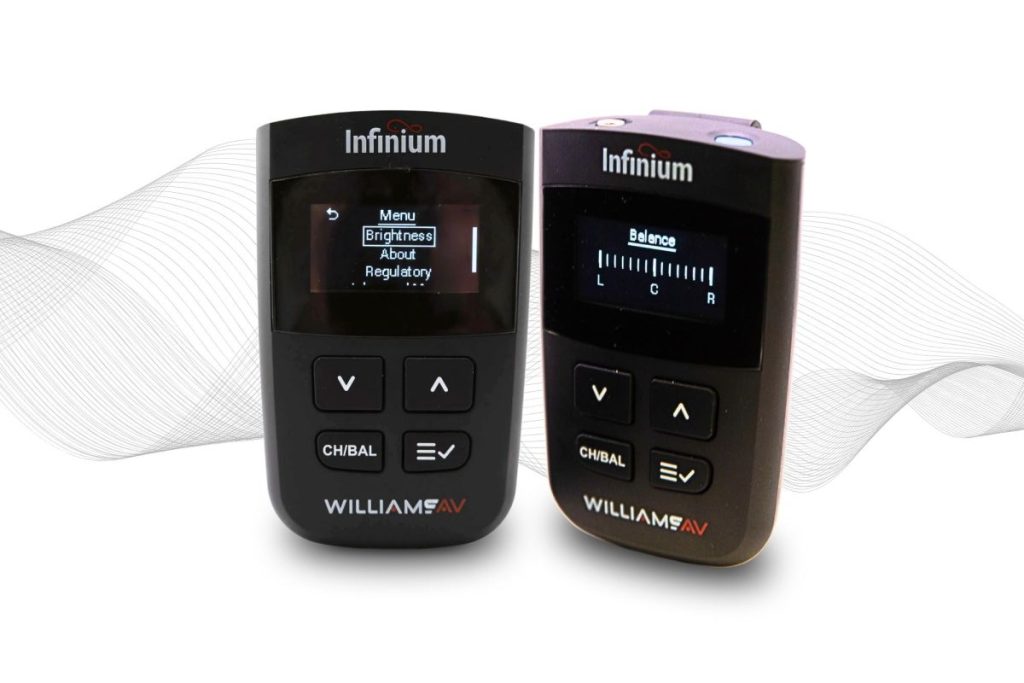
The Infinium’s setup includes a transmitter that Per says is among the smallest on the market, a controller with integrated Dante, and the ability to integrate into modern AV systems — with real-time programming and monitoring. The result is a system that delivers multiple streams of clear, high-quality audio.
Nancy recalls how quickly professional attitudes have shifted: “In 2023, most integrators and venues didn’t view Bluetooth as a viable option for Pro AV because it could only deliver audio on a one-to-one basis. Just two years later, the landscape has completely changed.
“Systems integrators are now embracing the power of Auracast, with its ability to broadcast one-to-many, extended range, and impressively low latency.
“It was clear at InfoComm – the largest professional audiovisual and information communications trade show in North America – where we had long lines of attendees eager to experience it firsthand.
“Visitors with hearing aids were connecting directly to our Infinium Auracast audio streams, and some were genuinely emotional hearing that level of audio clarity for the first time.”
It will take time for Auracast to be everywhere, not least due to the way in which people buy hearing aids.
Julian Young, the company’s International Technical Sales Manager for Europe and Africa, says: “Most hearing-aid users are pensioners so they won’t upgrade their hearing aids every year. Hearing loops still have a place in venues and will continue to need support – but Auracast is already shaping what comes next.”
Per says that demonstrating Auracast is really impactful and helps people understand why there will be a reshaping of audio. “AV managers, resellers, integrators and distributors have very highly trained, discerning ears, and they are consistently impressed when they compare an Auracast audio stream to our traditional infrared, FM or induction loop audio,” he says.
“One design choice we made that sets us apart from other products is separating the system into two components. We have a rack-mounted controller that manages all the inputs and can be installed in a separate AV room since it’s not transmitting the audio.
“The compact transmitter is then placed in a central location for optimal coverage, using a single CAT5 cable for power, audio and control – simplifying installation and reducing setup time.”
“Because of our two-part system design, the transmitter can be smaller and more discreet than other devices on the market because we handle most of the necessary inputs and settings in our controller. This means a venue’s AV team don’t have to climb up a 30 ft ladder to make system adjustments at the transmitter itself.”
Hand-held receivers, about the size of a deck of cards, and wired headsets are also available for the Infinium systems, allowing venues to meet hearing compliance regulations. The receivers can also be used by users whose hearing aids are not Auracast compatible, allow connection to a neck loop to create a personal telecoil link that delivers the Auracast audio stream directly to their hearing aids.
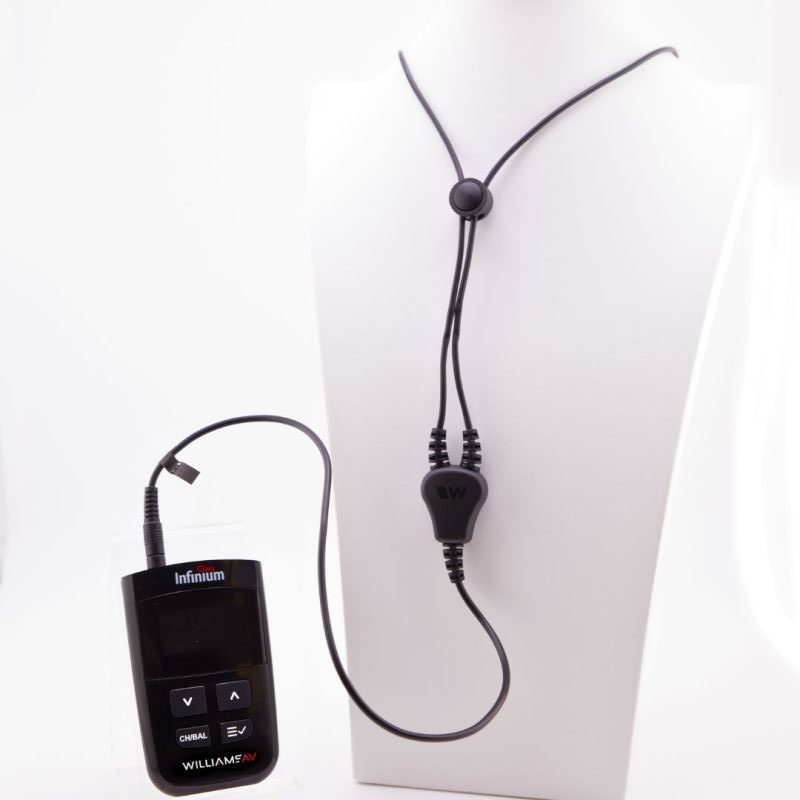
For users with Auracast-compatible hearing aids, the audio stream is delivered directly to the hearing aid. This supports Auracast’s Bring Your Own Device approach, empowering listeners to use familiar equipment with confidence, knowing it will integrate seamlessly with the venue’s system.
Per says this is one of Auracast’s major benefits and not just from the user’s perspective: “With more and more consumers owning an Auracast compatible device, venues won’t need to keep as many receivers on hand.”
This brings advantages for front-of-house staff and speeds up entry into the venue for those with accessibility needs.
With decades of experience designing and delivering professional audio solutions worldwide, it’s no surprise that demand for the Williams AV Infinium system has been strong.
“The response has been overwhelming,” Per says. “We outsold our forecast within the first month of shipping. I’ve been with Williams AV for 10 years, so I expected the usual gradual ramp-up as the market became familiar with our Infinium product. Instead, sales went from zero to 100 almost immediately after we started shipping.”
This strong start for Infinium means the company is now working to expand and enhance its product line so that it can offer Auracast systems to venues of every size and configuration.

And the demand, Julian adds, seems to be spreading from northern Europe downwards.
“In 2023, I was at an open day for our Norwegian distributor, showing the first demo version of the Infinium. People were already asking when it was going to launch as they needed it,” he recalls. “The Brits and Germans were, ‘Yeah, we heard that it’s coming, but not for a while yet’.
“Last year, they were asking when they were going to get Auracast and needed it now. It’s just rolled down Europe: the Scandinavians got it first, and it’s coming down.”
Per adds that Australia has also been at the forefront of adoption, and the US is now catching up as Infinium becomes a commercial reality. It’s an exciting time for the technology, which is quickly becoming a standard feature in hearing aids, earbuds, and headphones.
As Williams AV expands its Infinium Auracast line to meet this rising demand, its half-century mission remains unchanged: ensuring that everyone, everywhere, can hear clearly and feel included.






